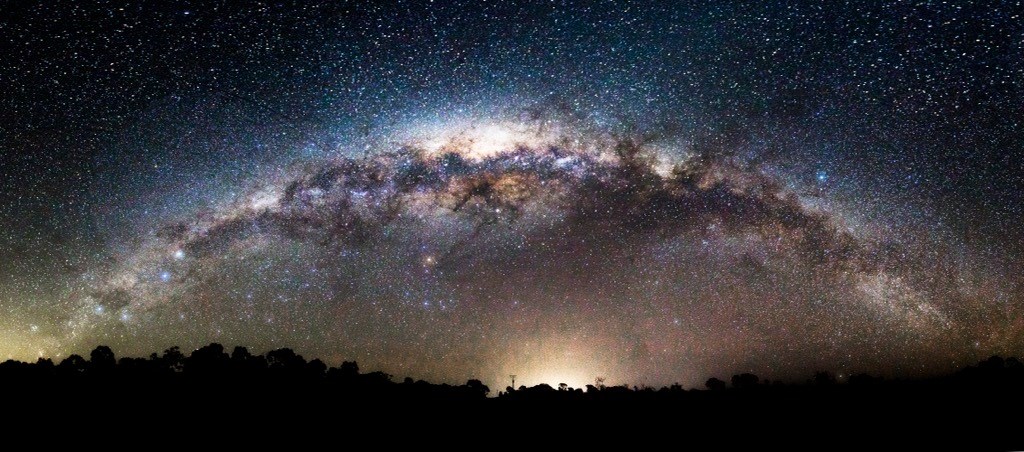Scientists at the University of California, Los Angeles, are developing an artificial intelligence tool to speed up the search for evidence of extraterrestrial civilizations, using the help of society at large.
Jean-Luc Margot Team, Professor of Earth, Planetary and Space Sciences, It analyzes radio signals to distinguish between those coming from local sources, such as communications systems or radar, and those from extraterrestrials.
Among those that originate from deep space, he seeks to distinguish between those that are caused by natural phenomena, such as quasars and supernovae, and those that could have originated by technical means. Astronomers call the latter “technology signatures.”
“Basically, we are looking for other engineers in the outer galaxy,” he said. Jean Luc Margot for Evie news agency.
The project relies on radio waves because, according to this academic, “they are very easy to generate, they propagate at the speed of light and being Very transparent to them, which makes them very good for communication “on a spatial scale.”
Since 2016, a team has been working University of California, Los Angeles He uses the Green Bank Telescope (in West Virginia, USA), a radio telescope that has been used to capture emissions from stars and planetary systems. “We examined about 41,000 stars and discovered about 64 million signals,” the scientist confirmed.
Of the signals received, approximately 99.8% were classified by the project’s computer system as man-made radio interference, leaving hundreds of thousands of the most promising signals for human scrutiny.
But a new tool the team is developing aims to simplify this research. On February 14, the program invited anyone who wanted help classifying tags, for which only a PC or computer was required. smart phone.
You volunteers Procedure Short tutorial They are asked to examine images of radio waves and answer simple questions such as whether they are directed vertically or horizontally. From a set of illustrations of common types of radio interference, volunteers are then asked to choose the one that best matches the signal they are analyzing.
With this, scientists seek to create artificial intelligence algorithms — sets of precise instructions — that distinguish signals more efficiently.
“The AI tool we’re building with the help of ‘citizen scientists’ will automatically recognize and remove the most persistent types of interference and will speed up our search because we can focus on the signals that are most interesting,” he stressed. Jean Luc Margot at Efe.
For the researcher, a partnership can anchor the conversation about extraterrestrial life in science and beyond in fiction.
Jean Luc Margo also stressed that he was “happy with the wonderful response from the public,” explaining that after 236 examiners from the previous stage, who completed 5,000 assessments, since the beginning of the initiative to cooperate with citizens, “thousands of volunteers submitted 200,000 assessments.” And there are more people waiting to join this mission.
The scientist stressed that he was not yet discouraged by the fact that no evidence of extraterrestrial life has been found yet. “Lack of evidence is not evidence of absence. We haven’t searched for a long time, so it’s not surprising that we haven’t found anything yet. The search volume is huge, but our features and algorithms keep getting better every day, and I’m excited about this investigation.”

“Wannabe internet buff. Future teen idol. Hardcore zombie guru. Gamer. Avid creator. Entrepreneur. Bacon ninja.”

